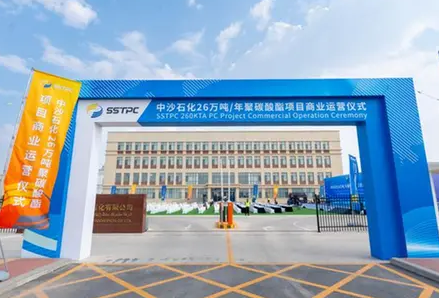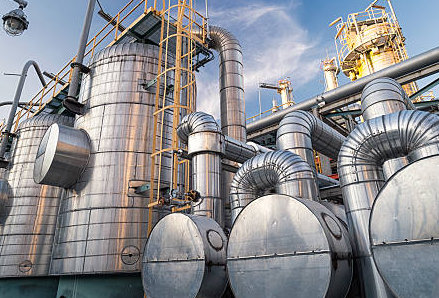Sabic PC Plant in China

Saudi’s SABIC confirms start of operations in China polycarbonate plant
Petrochemicals company Saudi Basic Industries Corporation (SABIC) and China Petroleum and Chemical Corporation (Sinopec) have kicked off commercial operations of their new polycarbonate production facility.
The plant, situated in the Sinopec-Sabic-Tianjin Petrochemical Complex (SSTPC), is the Saudi company’s first polycarbonate facility in Asia, SABIC said on Friday.
It is in line with the company’s plans to bring its operations close to its customers to boost “service capabilities”.
“Our first-ever polycarbonate plant in Asia has begun commercial operations, underlining our commitment to operate and manufacture in markets that are close to our customers to increase service capabilities, agility and supply reliability,” the company said.
The Tianjin petrochemical complex, jointly invested by SINOPEC and SABIC, is home to nine production plants that manufacture chemicals and polymer products.
The new facility has an annual production capacity of 260,000 tonnes.




